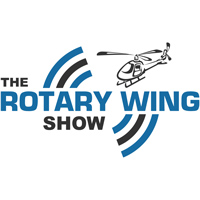Podcast: Play in new window | Download
Subscribe: RSS
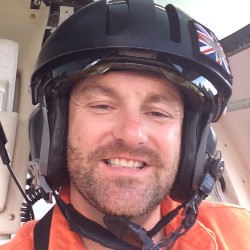
The general line thrown out there is that most helicopter pilots try to spend their careers staying away from wires – the guys and girls flying in the powerline industry get right up close as part of their job. David McColl is a powerline pilot in the US and has built up experience in a number of the different types of operations that helicopters perform on the powerlines.
David switched careers from a ground soldier in the UK and as a security contractor across to helicopters – his first experience was in the back of a Chinook and figured this flying gig looked pretty good.
He trained on the H269 in Florida and after some hard work put into networking and going out to talk to companies resulted in a lucky break and two different job offers immediately on finishing training. David shares some advice on how to make your own luck around this too.
“It usually takes at least a year if I’ll time training to get from private to CFI. I did it in 9 months and then immediately started flying pipeline patrol.”
I treated flight school like a full-time job and I had some great instructors and encouragement from family and friends.
“I transitioned into the MD500 and Bell 206 very quickly in my career. It was a trial by fire. My MD500 training consisted of a 42 min flight. I had to make the best of it through YouTube videos, other pilots and reading up in the RFM.”
“I had an engine flame out in my first 7 hours which was my fault for not having my anti ice on and flying in snow. My engine flamed out about 8 ft above the ground while I was in the hover at an airport, the training kicked in and I carried out a hover auto, it was a non-event for the helicopter. Once on the ground the re-igniter kicked in and relit the engine. I have my initial instructor and my CFI instructor to thank for that.”
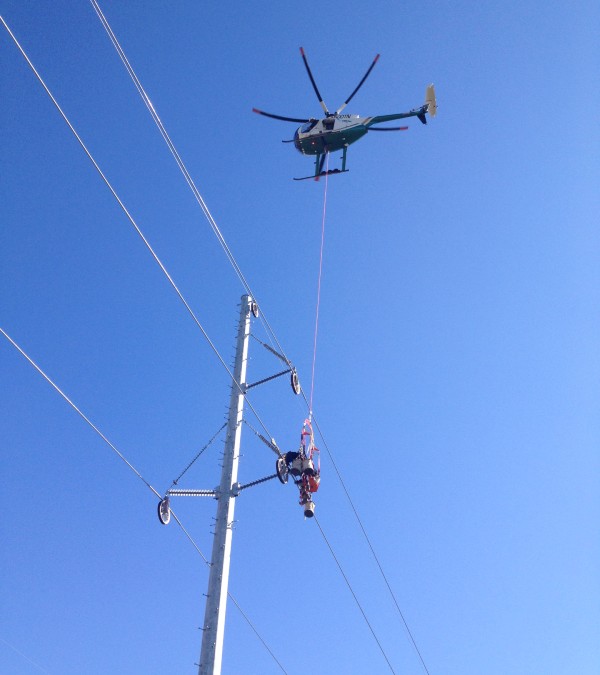
Like any specialised field once you dig into it there are all kinds of nuanced operations. A helicopter licence is only just the ticket to get in the door.
In this episode David walks us through powerline patrolling, LIDAR, insulator washing, marker ball placement, human external carriage (HEC), tower transfer, platform work, construction and stringing tasks.
Podcast: Subscribe in iTunes | Play in new window | Download
Links from this week’s episode:
Support the podcast on Patreon
Rotor Blade LLC – The helicopter utility company that David is chief pilot at.
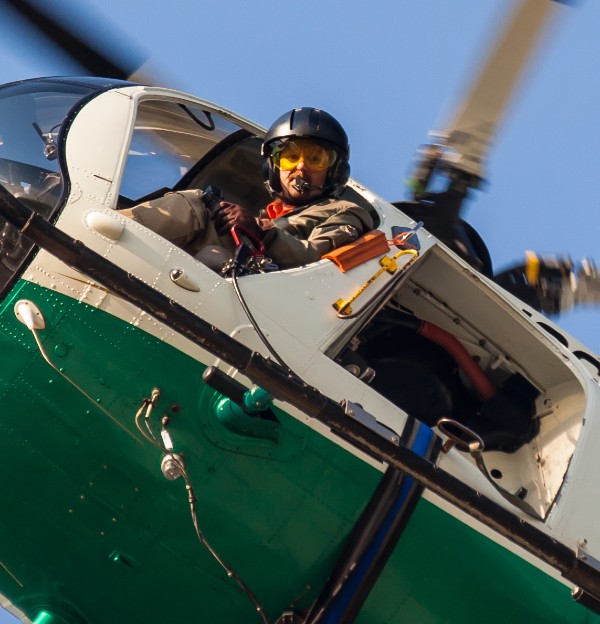
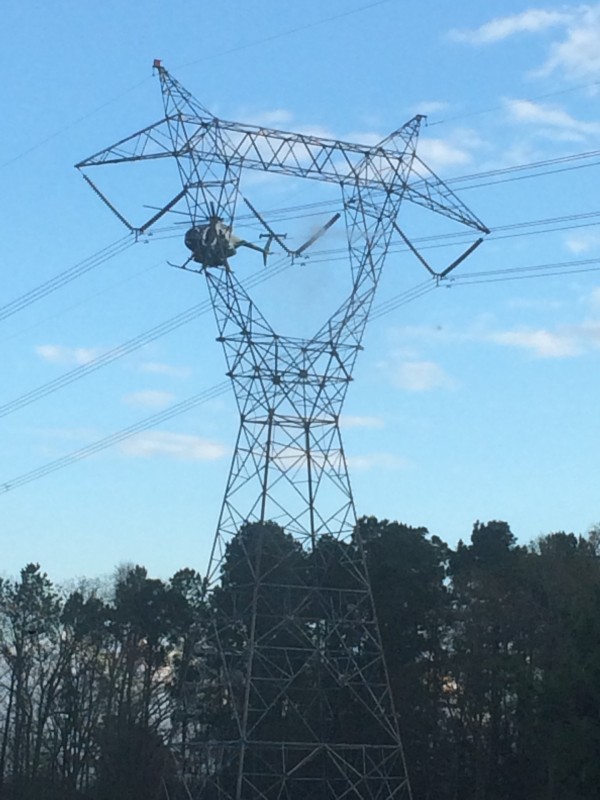
Do you have a question for David or tips from your own experience? Be part of the conversation by leaving a comment below.
